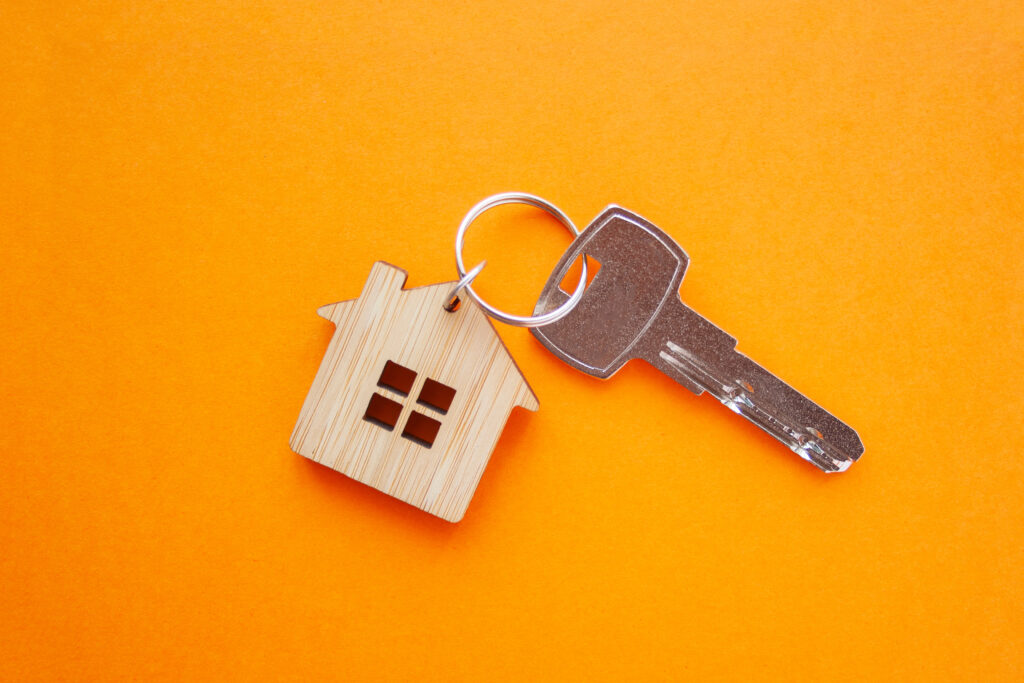If you’re a first-time seller, the process of juggling the purchase of a new home whilst selling your current one can feel like a tightrope walk. Balancing both these transactions without stumbling requires patience, precision, and preparation. Fortunately, armed with the right information, this seemingly complex process can be streamlined. Here’s a guide to help you navigate these dual processes smoothly.

1. Understand the Current Market
Is it a Buyer’s or Seller’s Market?
Recognising the state of the housing market can be instrumental in your approach. A seller’s market suggests that demand is high and supply low, meaning you may sell your house quicker and potentially for a higher price. Conversely, a buyer’s market means there might be more room for negotiation when buying your next home. If you are unsure which it is, talk to us to find out the current market status.
Research Your Local Area:
Trends can differ depending on your location. It’s crucial to research your local area, considering factors like average house prices and how long properties stay on the market. We can help with this too.
2. Get Your Finances in Order
Mortgage Matters:
Before leaping into action, understand your mortgage situation. If you’re still paying off a mortgage on your current property, consult your lender about your options. This may involve transferring (or ‘porting’) your mortgage to the new property.
Bridge Loans:
Considered a short-term solution, a bridge loan can fill the gap between the purchase of your new home and the sale of your old one. Though this option brings with it higher interest rates, it provides flexibility during the transition.
3. Prepare Your House for Sale
Declutter and Clean:
First impressions last. Ensure your home is tidy and decluttered. A well-presented property can not only attract buyers but also fetch a better price.
Home Repairs:
Address any pending repairs, whether they are minor, like a leaky tap, or major, such as roof damage. A house in good condition instils confidence in potential buyers.
4. Plan Your Timings Strategically
Selling First:
This is the safer route. By selling your home first, you’ll know exactly how much you have to spend on your next property. The downside? You might need a temporary place to stay if there’s a gap between the sale and the purchase.
Buying First:
This approach is riskier as you’re assuming your current home will sell quickly. If it doesn’t, you may find yourself juggling two mortgages.
5. Seek Professional Advice
Estate Agents:
Choose a reliable estate agent who has solid knowledge of the local market. They can guide you through the intricacies of buying and selling, ensuring you get the best deals on both fronts.
Solicitors:
A solicitor will handle all legal aspects of your transactions. Their expertise is invaluable, helping you avoid potential pitfalls.
6. Consider a Simultaneous Closing
Though not always possible, coordinating the sale of your old home and the purchase of the new one on the same day can alleviate some logistical headaches. Discuss this option with your estate agent and solicitor.
7. Stay Flexible and Prepared
Sometimes, despite best efforts, timings might not align perfectly. Always have a backup plan. Whether that’s short-term rental accommodation, staying with family or considering storage options for your belongings, being prepared for unforeseen circumstances will make the process less stressful.
Whether you’re upsizing, downsizing, or simply seeking a change, buying and selling simultaneously can be a challenging journey. But with research, preparation, and the right professional guidance, this journey can be both successful and rewarding. If you’re looking to embark on this adventure, contact our team of experienced local property experts and let us help you make your next move a seamless one.





